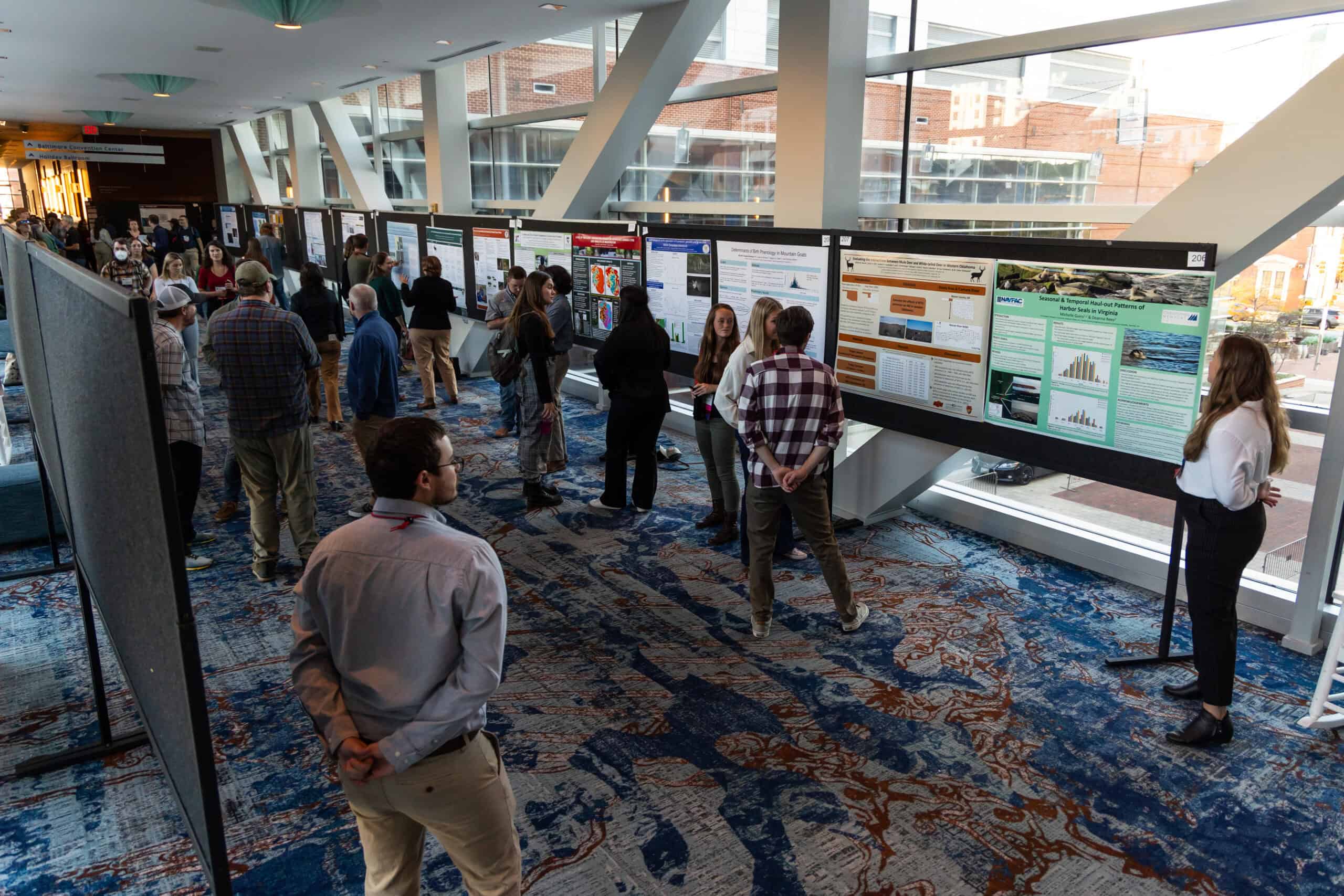Share this article
Public skeptical of gene editing for wildlife conservation
As biologists consider the possibility of harnessing gene editing technologies for wildlife conservation, the public still greets the idea with skepticism, according to a recent survey.
Respondents found the risks of gene editing wildlife outweigh the benefits, and over 70 percent said the techniques could be “easily used for the wrong purposes.”
“This is a topic that people aren’t likely to know much about,” said Patrice Kohl, an assistant professor at the University of Central Florida’s Nicholson School of Communication and Media and lead author of the study published in Conservation Biology. “But we’re interested in where people are at right now, because if you’re going to be socially responsible in how you use these technologies, you want to know how the public feels about them before you actually deploy them.”
Gene editing using cutting-edge CRISPR technology is being increasingly considered for wildlife conservation purposes, including eradicating invasive rats from island ecosystems to protecting Hawaiian honeycreepers from avian malaria. (Members can read more about the topic in the January/February 2019 issue of The Wildlife Professional here.) But the prospect has met with a mixed response from scientists and conservationists, some of whom worry about the consequences of the technology going awry.
After public backlash about genetically modified crops, Kohl said, scientists are being more cautious in introducing the notion of genetic engineering for wildlife conservation.
“Scientists are very aware of how the public’s concerns with GMOs and the way the technology was rolled out in the 1990s without a lot of public input,” she said. “They are very aware of the repercussions of rolling technologies out without public inquiry. I think there’s a strong interest among scientists to make sure that whatever applications are rolled out align with public interests.”
People’s attitudes may change over time as they become more familiar with these technologies, Kohl said, but currently they are wary.

Patrice Kohl led the team that looked at people’s perceptions about using CRISPR technology to potentially managed wildlife conservation. ©Karen Norum, UCF Office of Research
In an online survey of 1,600 adults in the United States conducted in December 2016 and January 2017, more than 80 percent of respondents thought using gene editing as a tool to manage wildlife would be at least somewhat risky to nature and humans. Between 55 and 63 percent thought it would be at least somewhat beneficial.
Respondents found it more morally acceptable to improve survival in endangered wildlife than to eliminate a population. Those who put more trust in science had more favorable views.
Because of these concerns, the authors recommend “a take-it-slow approach.”
“It’s important to get the local perspective,” Kohl said, “but it’s also important to get a perspective at the national level and globally, really.”
Header Image: Invasive rodents can wreak havoc on island ecosystems, like here on the Palmyra Atoll, a U.S. territory. Biologists have considered using gene editing techniques to eliminate rodents from islands, but the idea has skeptics. ©Abram Fleishman/Island Conservation








